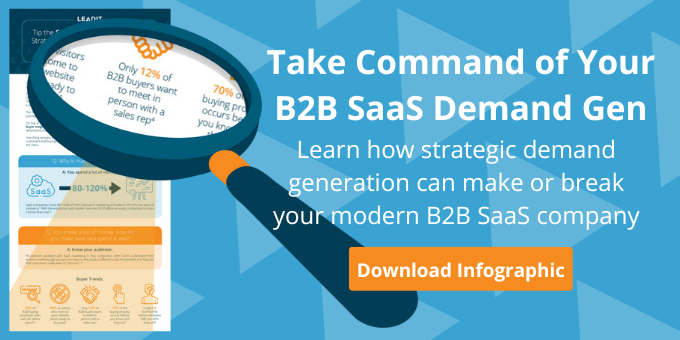
Upselling and Cross Selling: How To Drive Sales Growth With Customers
In last week’s blog, I talked about the customer lifecycle, and how savvy management of your existing customer relationships can be a primary growth driver.
This week, I drill down to look at two powerful techniques for nurturing and expanding the value of your company’s existing customers: cross selling and upselling.
Today’s Definitions
Cross-selling is a coordinated marketing and sales effort that seeks to create demand for products/services at new buying centers within a current account (e.g. a different function, business unit, division or subsidiary). Cross selling efforts are often led by marketing and supported by sales.
Upselling is a coordinated effort by sales and marketing to create additional demand within an existing buying center. While the product or service being upsold can be different than what has already been bought, the buyers who will be part of the decision are typically the same. Upselling efforts are almost always led by sales and supported by marketing.
Marketing’s Role in both Cross Selling and Upselling:
- Discover new contacts
- Engage and nurture contacts
- Qualify leads for sales or partners
- Define service level agreements between key stakeholders
While often grouped together, cross selling and upselling are different activities that require new roles for marketing and a new mindset for sales.
Marketing and Cross-Selling
- Seeks to create demand for additional products or services from a different unit within a current account (a new buying center).
- Offerings being sold could be the same as what was sold previously, or something completely different.
- There’s a new buying decision being made that is not tied to the earlier purchase.
- A key difference from net-new demand creation is that lead routing for cross-sell opportunities may differ, as sales may want to get involved at an earlier stage.
- Both functions must define a service-level agreement as to when cross-sell leads will be sent to sales.
Measuring Marketing’s Impact on Cross Selling
There are several ways to measure the impacts of marketing efforts in cross selling. Specific quantifiers include proliferating contacts and account knowledge for new buying centers, demand waterfall metrics, and marketing-sourced pipeline and revenue.
Marketing and Upselling
- As opposed to cross selling, upselling seeks to create additional demand for products and services from the same accounts that currently purchase them, but at a lower level.
- Upselling efforts are almost always led by sales, and may be driven by a specific objective for a group of accounts or individual account planning.
- Enhances the customer experience and fosters loyalty.
- Typically easier to track marketing impact when sales identifies a group of accounts for upselling focus and applies a specific effort to them.
- Impacts can then be correlated to the amounts of demand and revenue generated from targeted buying centers.
Measuring Marketing’s Impact on Upselling
Remember, these initiatives are generally led by sales. Therefore measuring marketing impacts can be a bit more amorphous, especially if you as the marketer are trying to identify ad hoc opportunities within the existing account base. When setting up your goals for any upselling initiative, it is usually easier to have sales identify a group of accounts for upselling focus, applying specific efforts to those so that results can be measured more directly.
Upsell Marketing Strategies
- Product Workshops
- Onboard drip campaigns
- Onboarding
- Satisfaction
- Cross sell
- Target customer speaking events
Cross-Sell Strategies
- Referral programs
- In-account workshops
- Client testimonials
- Social platform shares
- @mentions
- Personalized emails
If you need help establishing or evolving your customer marketing strategy, please contact Leadit Marketing at info@leaditmarketing.com.










